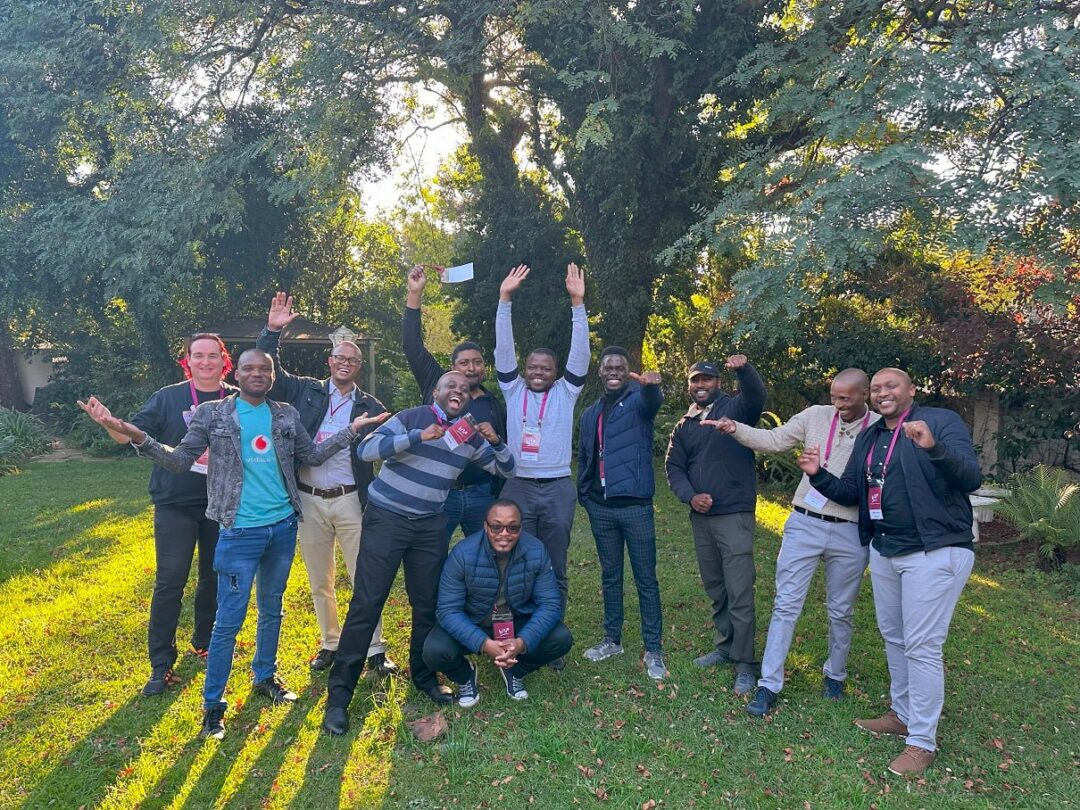Regional disease surveillance strengthening with Africa CDC
Africa CDC, in its continental mandate to safeguard public health, recognised the need for a digital platform capable of rapidly detecting, assessing, and responding to emerging health threats. In 2019, HISP South Africa initiated the design and development of a comprehensive Event-Based Surveillance (EBS) system that could consolidate both formal and informal signals of outbreaks and health emergencies from across the African Union.
The goal to enable real-time detection and structured response coordination through a fit-for-purpose Event Management System (EMS) tailored for Africa, that could operate across borders, languages, and technical infrastructures.
HISP-SA drew on its deep expertise in digital surveillance and health systems architecture to build the platform from the ground up, integrating tools for event detection, risk analysis, visualisation, and automated reporting. This work laid the foundation for a robust system now entering its second phase of development and rollout.
Phase 1: Establishing the Foundation (2019-2023)
During the first phase, HISP-SA collaborated closely with Africa CDC to design and implement the core functionalities of the EMS, integrating the entire surveillance workflow, from detection to response. The system enables Africa CDC staff to extract signals of disease outbreaks from both official (e.g. Ministries of Health, WHO, NGOs) and unofficial (e.g. media, social platforms) sources, and track these signals through a structured classification, verification, and reporting pipeline.
Key components included:
Tracker Capture Forms for event registration and monitoring
Event Analysis Modules for risk verification and classification
Automated Reporting tools for generating structured PDF reports
Geospatial Map Interface displaying real-time outbreaks by country
This first deployment enabled Africa CDC to visualise public health events across the continent and produce consistent reports for key stakeholders, including AU leadership and partner agencies.
Phase 2: Expanding Reach and Intelligence (2024–Present)
Building on the solid technical and operational base established in Phase 1, the second phase focuses on enhancing intelligence capabilities and supporting country-level rollouts.
Core Enhancements
Introduction of AI-powered tools such as LLMs and ChatBots to automate early warnings and translate event narratives
Upgraded interface with multilingual capabilities, visual storytelling, and real-time event dashboards
Deeper integration of lab, media, and formal surveillance datasets into the EMS data pipeline
Strategic Workstreams
EMS Platform Enhancements: New modules for predictive modelling, risk classification, and interoperability with Electronic Integrated Disease Reporting (eIDSR) systems.
Emergency Operations Dashboard: A custom “situation room” interface for Africa CDC staff to monitor, filter, and respond to outbreaks in real time.
Health Intelligence Environment: Creation of a cloud-based data analysis space and dashboard layer for advanced modelling, linked with academic and regional surveillance partners.
Country Rollouts: Hands-on technical support and capacity building to deploy EMS in various AU Member States, aligned with their national surveillance infrastructure.
Achievements to Date
Designed, developed, and implemented EMS at Africa CDC HQ
Established automated PDF reporting and geospatial epidemic mapping
Linked formal and informal outbreak detection sources across 55 countries
Trained regional surveillance officers in data capture and event classification
Strategic Impact
Speed and Coordination: Significantly reduced lag time between event detection and response coordination
Pan-African Visibility: Enabled AU-wide epidemic awareness through live dashboards and consolidated reporting
Preparedness Infrastructure: Positioned Africa CDC to coordinate future outbreaks with stronger data foundations
Scalable Design: Built using open-source architecture, allowing countries to customise and own national EMS instances
